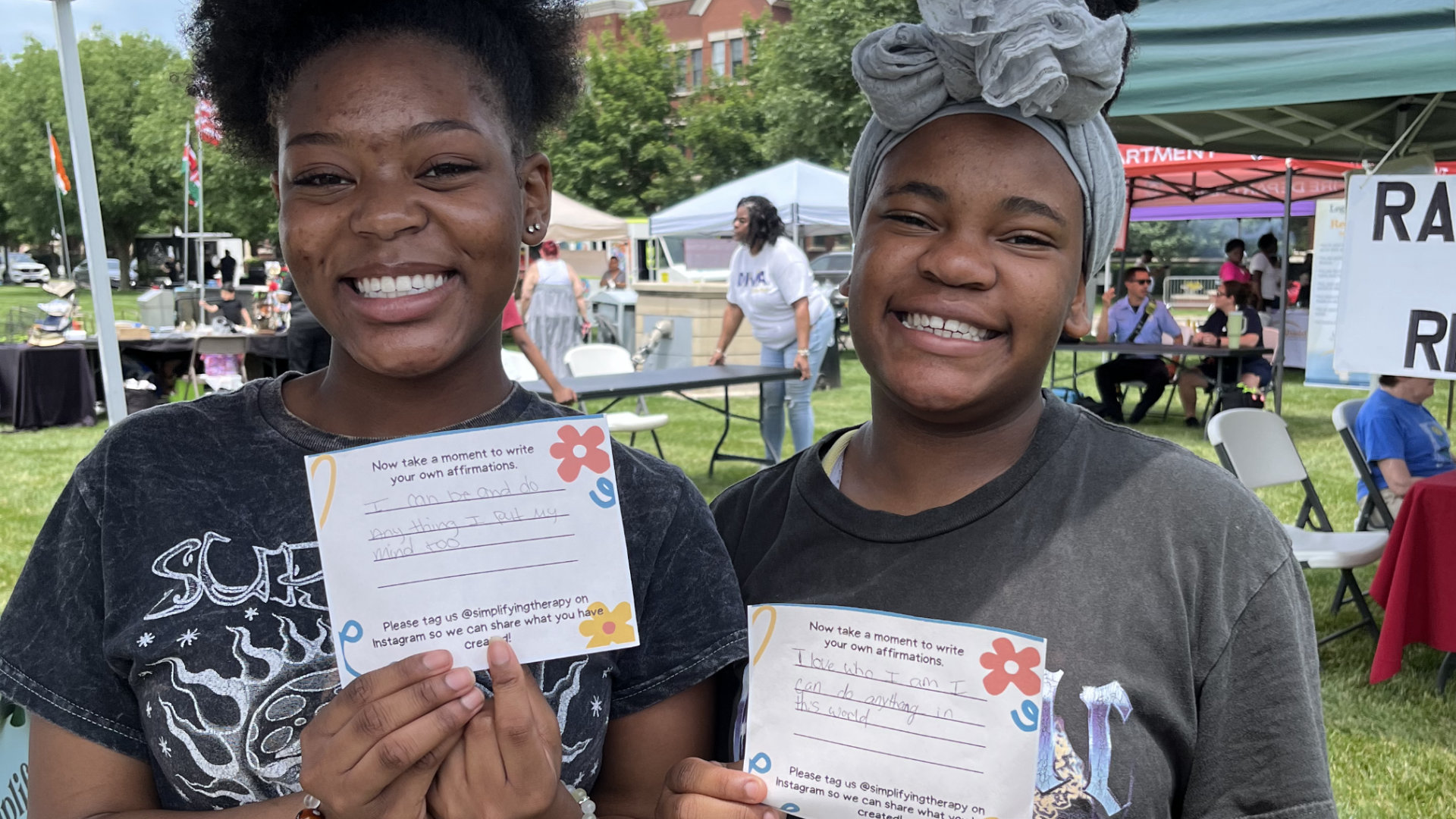The Power of Mindfulness Meditation: Transform Your Life with Simple Practices

Mindfulness meditation is more than a buzzword—it’s a transformative practice that brings clarity and calm to everyday life.
At its core, mindfulness involves “what” skills—observing, describing, and participating in the present moment—and “how” skills—engaging non-judgmentally and focusing on one task at a time. Instead of rushing through life or multitasking, mindfulness invites you to slow down, be present, and embrace each moment with open awareness.
Research highlights its benefits: improved attention, academic performance, emotion regulation, and even slower cellular aging (Burke et al., 2017). Just 10 minutes of daily practice over 16 weeks can enhance how your brain handles challenges and conflicts (Moore et al., 2012). These outcomes have made mindfulness a cornerstone in psychotherapy, education, corporate settings, correctional facilities, and even the military.
So, how can you bring mindfulness into your life? Start small with our specially designed tools. Our “Observe” candle and guided meditation help you notice your surroundings and inner state without judgment. The “Balance” candle supports you in achieving a “wisemind,” a Dialectical Behavior Therapy (DBT) concept that harmonizes emotions and thoughts for clarity. The “Simply Be” candle encourages pure presence, allowing you to fully accept the moment without trying to change it.
These candles and meditations guide you toward tranquility and resilience, making mindfulness accessible and practical. Ready to start? Explore our “How to Integrate Mindfulness into Your Lifestyle” toolkit on our website and take the first step toward a more mindful life.
Resources
- Burke et al. (2017). Prevalence and patterns of use of mantra, mindfulness and spiritual meditation among adults in the United States. Link.
- Moore et al. (2012). Regular, brief mindfulness meditation practice improves electrophysiological markers of attentional control. Link.



